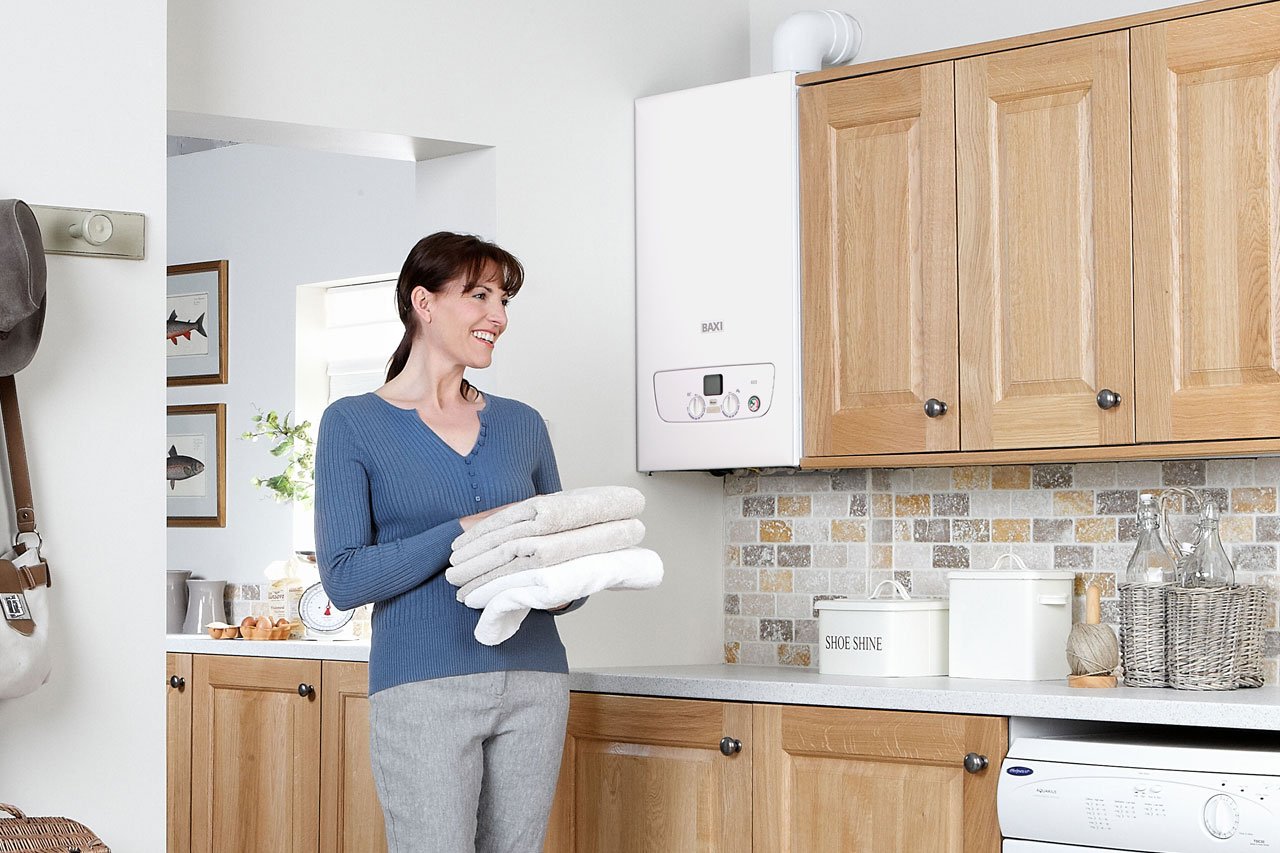Air Source Heat Pumps and Winter: What You Need to Know
A question that we regularly get asked by homeowners, particularly towards the end of the summer months, is, "will an air source heat pump work in winter?" The short answer is yes.
This guide will explain why air source heat pumps (ASHPs) are able to work during colder parts of the year and look at some of the concerns you might have about their efficiency. We’ll also have some tips from our experts on preparing your home to maximise the performance of your air source heat pump in winter.
How Do Air Source Heat Pumps Work in Winter?
An air source heat pump extracts heat from the outdoor air, even in Winter when there isn’t much for it to draw upon in the first place. The system uses a refrigerant that absorbs and compresses this heat to increase its temperature, which is then transferred indoors and around your heating system to warm your home.
Modern ASHPs are also equipped with variable speed compressors and improved defrost cycles to ensure they continue to operate efficiently, preventing ice build-up on the outdoor unit.
Despite common misconceptions, air source heat pumps are effective in winter conditions. While efficiency may decrease, ASHPs are still capable of generating enough heat to keep your home comfortable in temperatures as low as minus 25 degrees Celsius in some cases.
Tackling Winter Challenges with Air Source Heat Pumps
It's important to understand the potential challenges that you might face with an air source heat pump in Winter. As temperatures fall, the pump may need to work harder to extract the limited heat energy in the air, which can reduce efficiency slightly. Perhaps the most common issue you are likely to encounter however is the build-up of frost and ice on the outdoor unit, affecting airflow and heat exchange. This can be prevented by carrying out regular checks to remove debris and ensuring the defrost cycle is working effectively.
Maximising Efficiency of Your Air Source Heat Pump in Winter
Regular maintenance in the lead up to the colder parts of the year is key for ensuring your ASHP runs efficiently when you need it to. An annual service identifies issues within the unit itself before they become more advanced problems. Check the outdoor unit for any snow, ice, or debris on a regular basis to ensure adequate airflow at all times.
There are other steps you can take within your home to enhance the effectiveness of your air source heat pump. Start by setting your thermostat to a consistent temperature, usually between 18 and 21 degrees Celsius, and make sure that you have quality insulation fitted around your home. Similarly, check for drafts around windows and doors and seal any gaps you come across.
If you notice that you are using more energy than you expect, or that there is an excessive buildup of ice, then you may need to arrange for an engineer to examine the defrost cycle or other parts of your ASHP’s system.
Technological Innovations for Winter Efficiency
Modern air source heat pumps are equipped with advanced technology to ensure they work efficiently in winter. Features like variable speed compressors and electric heating elements provide reliable warmth even in extremely cold conditions. The defrost cycle is a crucial component, activating when frost builds on the outdoor coils and maintaining the system's efficiency.
Is an Air Source Heat Pump Right for Cold Weather?
Though there is a reduction in performance, air source heat pumps remain a viable option for hearing during colder weather. In fact, many Scandinavian countries utilise air source heat pumps for all-round comfort, with 90% of homes in Norway that have a heat pump favouring this type than others.
On average, the UK’s winter temperature has ranged between 0 and 7 degrees Celsius, well within the operating range of most ASHPs. Even during exceptionally cold winters, air source heat pumps are able to extract what little heat remains in the air and use it to provide warmth for your home.




